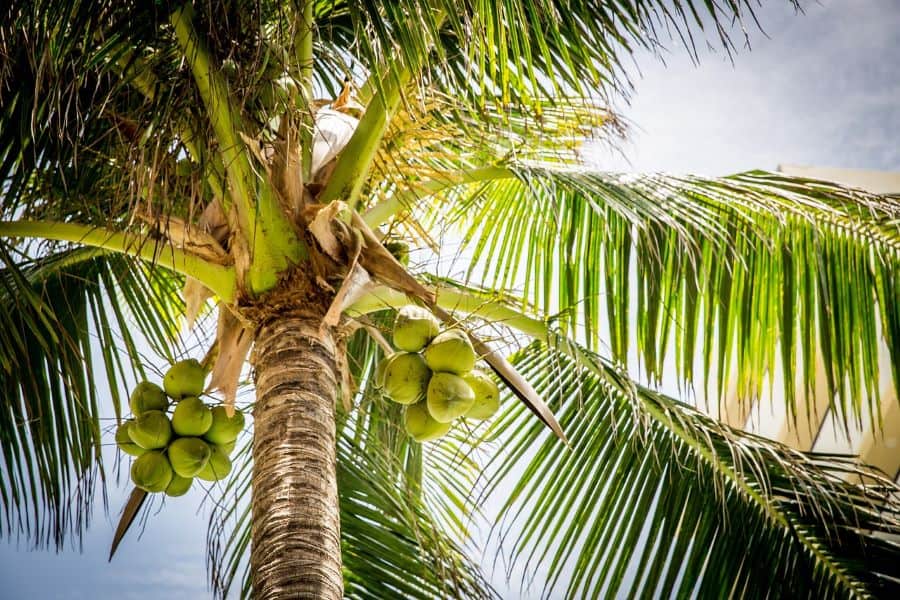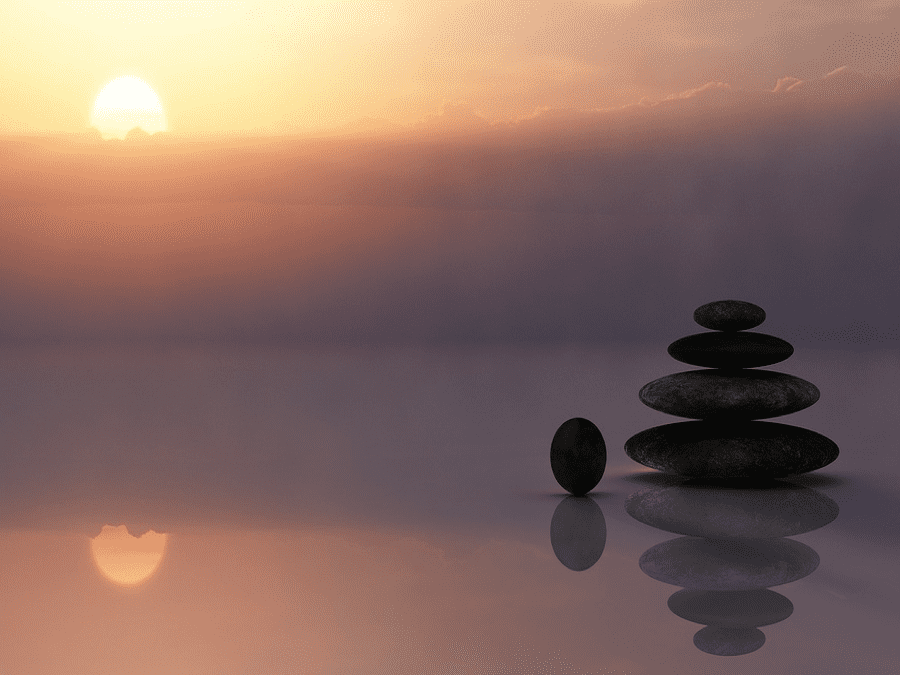
In some parts of the world, catching a monkey involves halving a coconut, cutting a hole the size of a monkey’s hand in it and hammering it to a tree with a banana inside. The monkey comes along, smells the banana, puts his hand through the hole, grabs the banana, but can’t get his fist out as long as he is holding the banana. He is stuck. We can see this story as a perfect metaphor for our own experiences of holding fast to a feeling, an idea, object, person, business, etc. to the point where we are caught and trapped, unable to move forward or back, unable to be free unless we let go. Mindfulness teacher and author, Jon Kabat-Zinn describes nine attitudes that contribute to the practice of mindfulness meditation. One of these is letting go. I always wrestled with this concept as it smacked of giving up, quitting, lack of perseverance, failure. Yet, the story above challenges us to examine if we are clinging to something to the point where our personal/professional well-being and potential are threatened and compromised. As an example, from his version of an old saying, Nelson Mandela powerfully describes the paradox of clinging to harsh feelings:
“…hatred is like drinking poison and then waiting for it to kill your enemy.”
Although, we may be aware of numerous blinking yellow, even red lights warning us of the downside of holding on, we keep hanging on. Why? Tony Schwartz in an article, The Art of Letting Go, for Harvard Business Review, posts that:
“What makes it hardest to let go of anything we want is the assumption that we’ll feel an enduring sense of loss.” Yet, he goes on to say: “In reality, we’re terrible prognosticators of the future.”
“The Story of the Chinese Farmer”, narrated by Alan Watts, beautifully illustrates the wisdom of the farmer who understands that we don’t have a crystal ball.
So how do we jumpstart this process of letting go? How do we surmount the inner wiring that keeps us holding on, and allow ourselves to overcome our fears of loss, uncertainty, and lack of safety?
- The practice of mindfulness meditation allows to step back and take a more detached view of our situation, uncolored by our desires, fears and worries. When we can be completely present in the moment, we open ourselves to a clearer, less emotionally charged assessment of our current reality. We create possibility and opportunity.
- Questions can illuminate and challenge our beliefs:
- What am I really holding on to?
- What will happen if I let go? Can I handle this? How have I managed in the past?
- What energy and creativity might be unleashed by letting go?
- What am I missing in life by holding on?
In the words of Joseph Campbell:
“We must be willing to let go of the life we’ve planned, so as to have the life that is waiting for us.”


